10 Real Places On Earth That Seem Scientifically Impossible
Description
10 Real Places On Earth That Seem Scientifically Impossible
Subscribe to Viral Now: https://www.youtube.com/user/butterarmour?sub_confirmation=1
Viral Now is the #1 place for all your heart warming stories about amazing people that will inspire you everyday. Make sure to subscribe and never miss a single video!
#viral #amazing #ViralNow
10 Real Places on Earth that seem Scientifically Impossible
Sci-Fi owns up too many hi-tech believable scenes and landscapes that are surreal but are man-made. However, have you ever wondered about those phenomenons that are naturally occurring yet scientists are finding a hard time explaining their existence??? Spectacular and unimaginable scenes around the world to captivate, with mythical beauty and captivating sights to behold! Join me as we traipse around the world to find 10 Real Places on Earth that seem Scientifically Impossible!!!
10. Grand Prismatic Spring, Yellowstone
https://www.flickr.com/photos/skibradshaw/2287176218
https://www.tripadvisor.com/Attraction_Review-g60999-d126748-Reviews-Upper_Geyser_Basin-Yellowstone_National_Park_Wyoming.html#photos;aggregationId=&albumid=&filter=7&ff=400831573
https://www.yellowstonepark.com/.image/c_limit%2Ccs_srgb%2Cq_auto:good%2Cw_680/MTQ3MzIwMDY4ODAzOTI5NTUw/ys-grand-prismatic-boardwalk_ordelheide_680.webp
https://www.youtube.com/watch?v=_-Ht0SVyYY8
https://www.youtube.com/watch?v=635UZAPkElg
https://www.youtube.com/watch?v=FXmaJn1VdtM
Grand Prismatic Spring in Yellowstone National Park is one of the most beautiful natural spots, the largest hot spring in the US at 370ft. The center is a whole palette of color contrast with a deep blue shading, blue-green and yellow edges to the yellow to orange runoff channels making it picture-perfect. The colors are caused by heat-loving organisms like bacteria and algae and the temperature of the water, scientists estimate the geothermal feature expels 560 gallons a minute.
You want to see the beautiful colors the geyser has to offer without the steam blowing in your face!! Take the Fairy Falls trail, it will lead you to the backside of the geyser where you can see all of the geyser in its spectacular glory!
9. Stone Forest, Madagascar
Behold is Tsingy de Bemaraha Strict Nature Reserve, Madagascar stone forest, and a UNESCO heritage protected site. The reserve stretches 1520km2 from the Manambolo River to the Bemaraha Plateau. Formed through many years of acid rainwater devouring limestone formations that once existed, to form karstic landscapes and limestone uplands cut into impressive 'Tsingy' peaks and a forest of limestone needles that are difficult to climb. All the passages in the reserve are very uneven and it’s difficult to walk here, to see all the beauty of the stone forest, you will need to use the erected observation platforms.
Due to its undisturbed nature, rare plant species and endangered species like white lemurs have been preserved here.
8. Chocolate Hills, Philippines
The Chocolate Hills located in the Bohol Island, Philippines, consists of a group of unusually shaped hills resembling chocolate truffles sumptuous for eye feasting, rather than for taste buds. It’s hard to believe that this spectacular and extraordinary landscape isn’t man-made, but rather all-natural and unique to Bohol. The hills, spread throughout the area are estimated to be more than 1,268 in number covering an area of about 20 square miles as far wide as to reach the towns of Batuan, Sag bayan, Bilar, and Carmen. The hill's sizes vary from 100 to 165 feet, the largest being about 395 feet tall. During the dry season, the hills uniformly acquire a chocolate brown color while wearing a green look during the wet season due to the grass. Curiously, no clumps of shrubs or even trees grow on these hills.
7. Red Beach, China
When thinking about the beach, sand is probably the first thing that comes to mind, not in this case, however. Panjin, the blooming Red Beach in China, has no sand at all! Sueda which grows in April through May, becomes green during summer, then later turns vividly red in autumn seems to be the cause of the phenomenon. Hosting the most complicated ecosystem, The Red Beach is hosted in the biggest wetland and reed marsh on the planet. The nature reserve, a UNESCO site, has become home to more than 260 kinds of birds and 399 kinds of wild animals. In 1988, the area was granted protection by the state to keep the beautiful nature and its inhabitants safe and it's just one of those natural places that are hard to believe exist outside science!


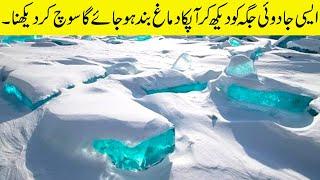
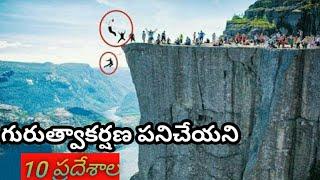
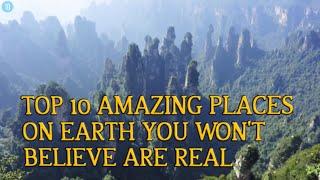
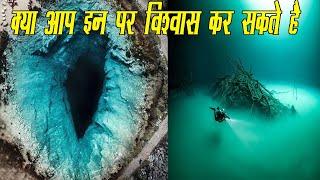
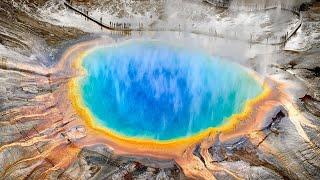
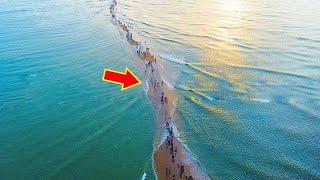

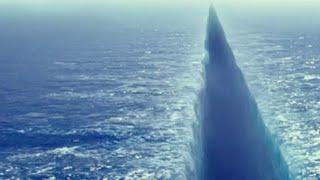
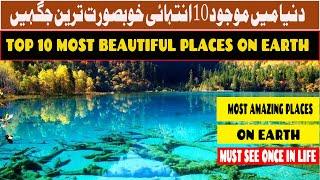
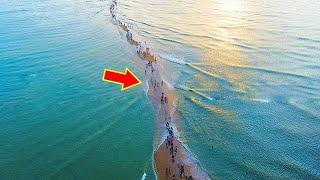
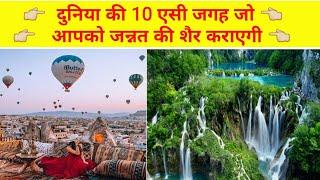

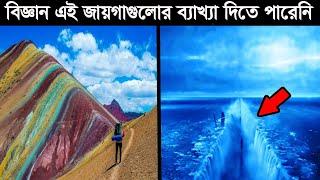






Comments